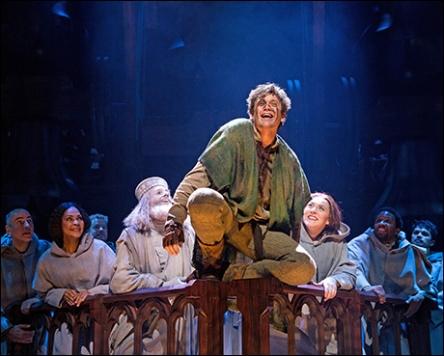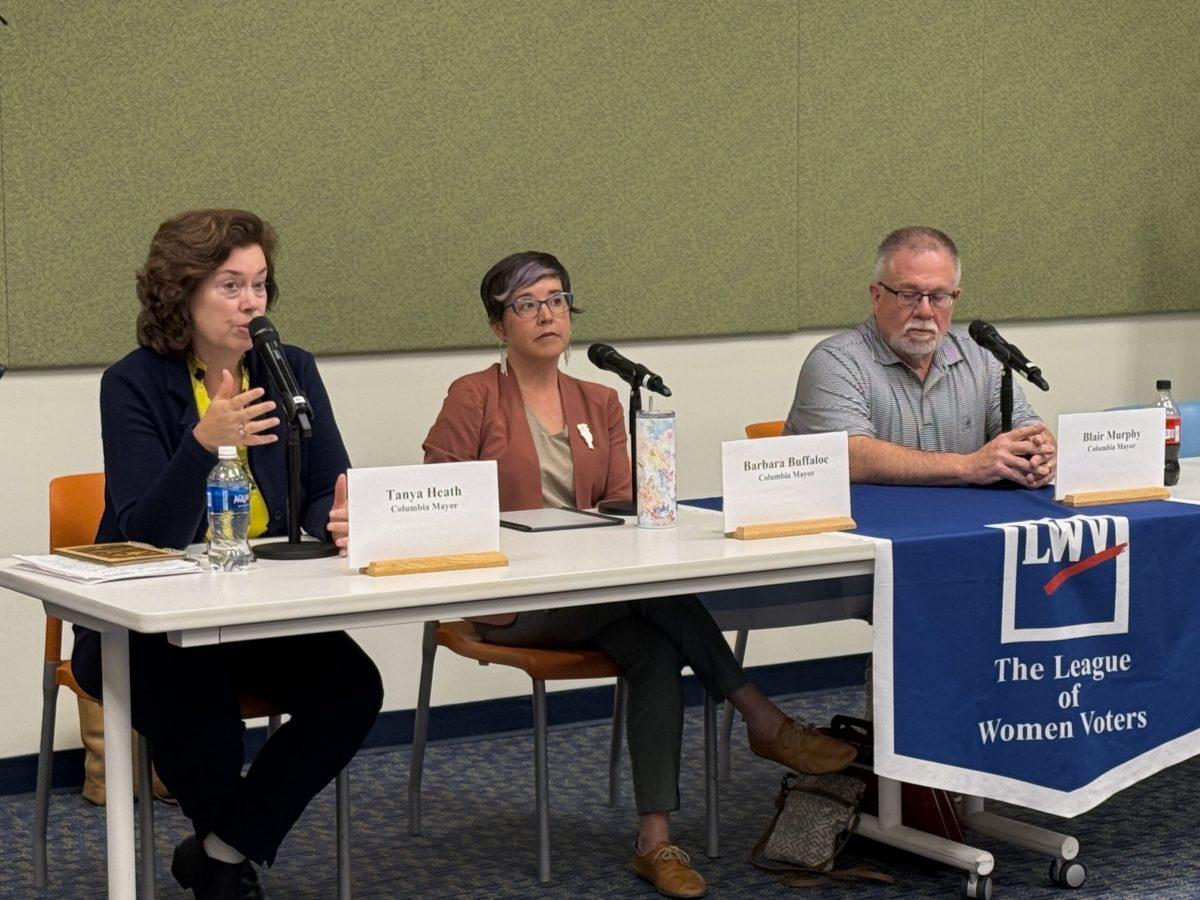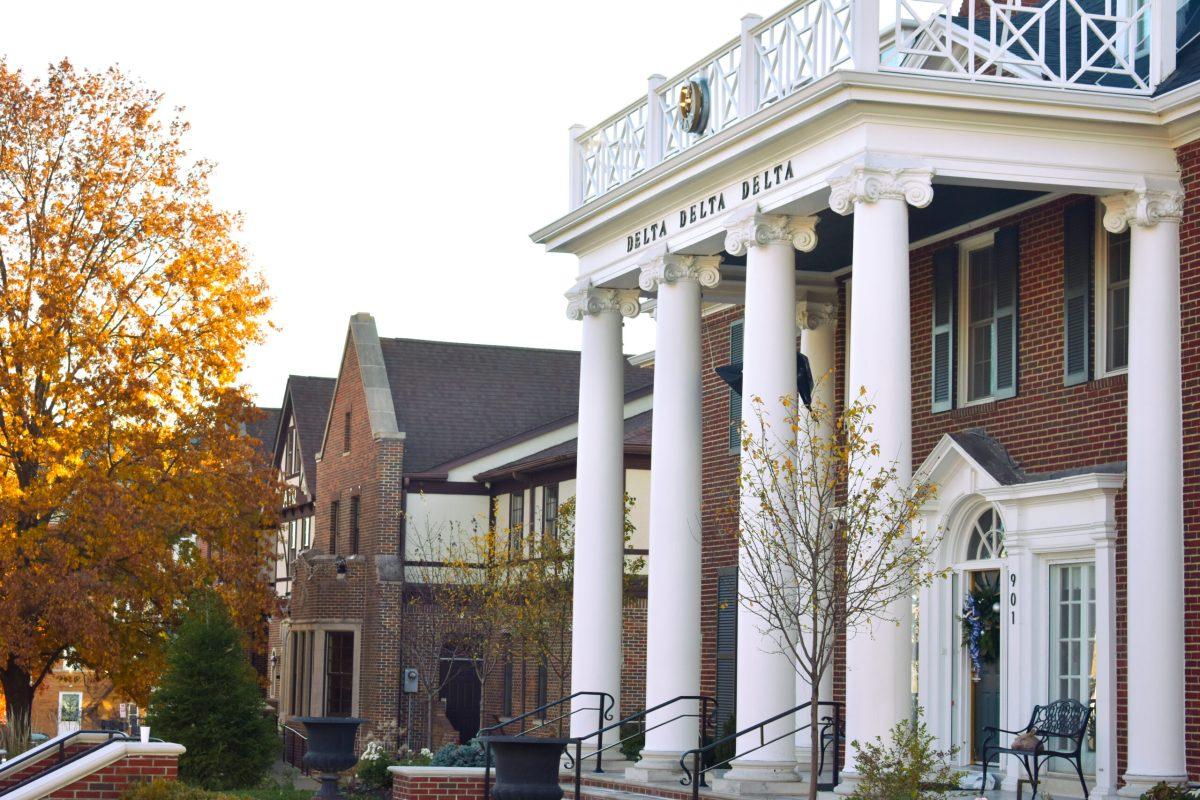In the past few decades, Disney has become a force to be reckoned with in Broadway theatre, but not every musical has the mass appeal and staying power of “The Lion King.” Most recently, an expanded version of Disney’s adaptation of “The Hunchback of Notre Dame” failed to make the cut.
The cast recording for the 2015 off-Broadway production of Disney Theatrical Group’s “The Hunchback of Notre Dame” was recently released with much critical acclaim.
“Hunchback” was expected to transfer to Broadway after its run at the Paper Mill Playhouse, but the adaptation was halted before it could move to a larger theater.
So what set this show apart from massive hits such as “The Lion King” and “Aladdin,” or lukewarmly received adaptations like “The Little Mermaid,” which was a flop by Disney standards?
The simple answer: this new “Hunchback” isn’t nearly as child-friendly as the 1996 animated movie.
Disney released “The Hunchback of Notre Dame” near end of the Disney Renaissance, a period in the ’90s where much of the company’s most praised work was produced, several of which have made it to the Broadway stage. It was one of the most controversial movies ever produced by Disney because of the obvious themes of lust, religion and death.
For those unfamiliar with the Disney movie, “Hunchback” tells the story of a teenage boy named Quasimodo, born with severe birth defects. A powerful priest in Paris, Frollo, takes Quasimodo in and keeps him away from the world in the top of Notre Dame Cathedral.
Quasimodo spends his days ringing the cathedral bells and longing to see the outside world and eventually escapes for a day. He meets Esméralda, a gypsy, during his adventure before the day ends in disaster for both of them.
The pair, soon trapped back inside Notre Dame, form a bond, but Phoebus, the newly appointed captain of the guard in Paris, has fallen for Esméralda after a brief interaction.
In fact, nearly every male in the story falls in love (or lust) with Esméralda. Frollo sings “Hellfire,” one of the darkest songs in the Disney canon, about her.
The song, while compelling, is also rather terrifying. Frollo, a priest, sings of a “burning desire… leading him to sin” while a large chorus chants Latin phrases in the background.
“Hellfire” isn’t the definition of family entertainment by any measure.
Frollo grows more and more obsessed with Esméralda and sets out to capture her by any means necessary.
Quasimodo and Phoebus, both in love with the gypsy, are forced to team up in an effort to save her.
Through a barrage of other action and plot points the Disney version ends in accidental death but optimism. The original book ends in complete tragedy.
In its new form, the “Hunchback” stage production is much closer to the plot of the Victor Hugo novel.
Frollo is a priest in the book, not a judge like in the film, which further emphasizes the more controversial religious tones throughout the musical. The conflicting feelings of lust and piety in the character make his entire quest to capture Esméralda and cleanse the city more powerful and significant to the plot.
The deaths at the end have a much darker meaning within the plot, and they are balanced somewhere between the Disney and Hugo versions. The new production also got rid of those annoying gargoyles and replaced them with a booming Greek chorus of statues.
Throughout the show, the chorus acts as a narrator, mostly through reprises of the epic “The Bells of Notre Dame.” Included in the 1996 movie, the song is expanded throughout the show to fill in empty crevices.
Unfortunately, the structure of the lyrics rhymes “Notre Dame” with itself an annoying large amount of times.
Michael Arden plays Quasimodo in a realistic way. In the Disney movie, the character, while sweet and likeable, was unusually eloquent and educated for a person told he was a monster his whole life.
When he speaks in the play, Arden sounds pained and unsure, just as anyone deafened by a lifetime of bell ringing would sound. When singing, however, his strong and clear voice shines through, a reflection of his inner beauty and worth.
“Out There,” a ballad in which Quasimodo expresses his deep desire to live among other people, shows the balance of these two voices when Arden’s singing voice bursts through the limits of his speaking voice.
Of the added songs, two highlights of the show are “Rhythm of the Tambourine” and “Esméralda.” Both work to make the allure of the gypsy more understandable.
“Rhythm of the Tambourine” takes place during Quasimodo’s venture into the outside world. It resembles a siren’s call, encouraging the men around her to pay attention to her dance and sultry voice.
“Esméralda” depicts Frollo’s quest to hunt her down, and Phoebus’s refusal to comply with his methods. It also demonstrates just how much impact she has had on these men, as well as the lengths they are willing to go to deal with their emotions.
The expanded score and lyrics by Alan Menken (“Beauty and the Beast,” “Aladdin”) and Stephen Schwartz (“Wicked,” “Pippin”) ties the cast recording together in an achingly beautiful way, but, in an escape from the Disney brand, there is no “Hakuna Matata” or “Friend Like Me” that appeals to all age groups in an easily marketable way. Such a song would take away from the dramatic and fast-paced plot by focusing on funny lyrics and hummable tunes, instead.
All of these changes, while not necessarily accessible to younger children, make the entire show and soundtrack much stronger than the animated movie.
If this new version of the classic story sounds appealing, I definitely suggest checking out the cast recording. Listen to “Out There” and “Hellfire,” two of the original Alan Menken and Stephen Schwartz songs from the movie. If those songs in their newly orchestrated versions are appealing, definitely check out the entire album.







